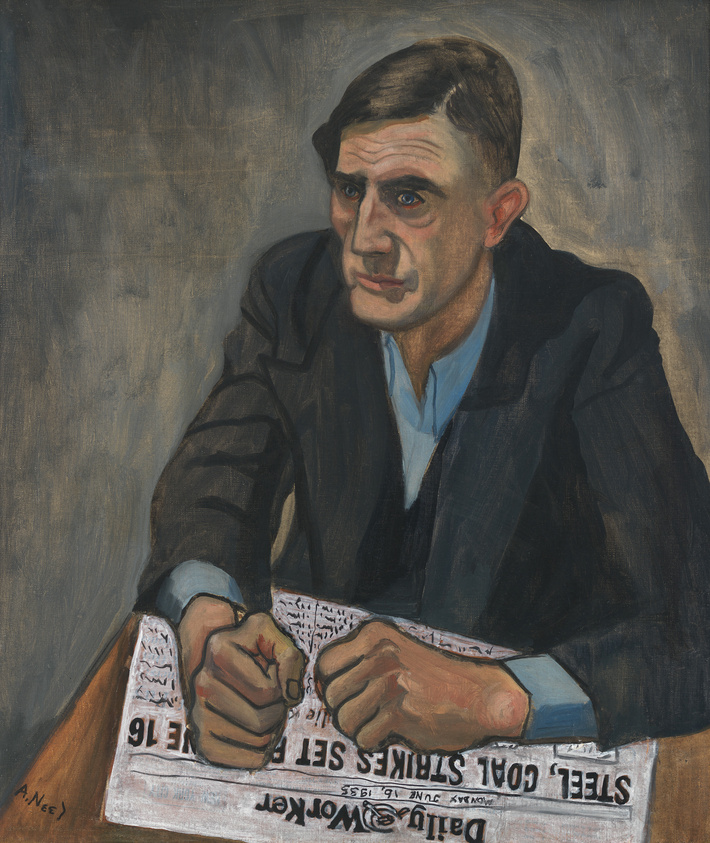Not on view
Date
1935
Classification
Paintings
Medium
Oil, ink, and newspaper on canvas
Dimensions
Overall: 27 1/8 × 23 1/8in. (68.9 × 58.7 cm)
Accession number
81.12
Credit line
Whitney Museum of American Art, New York; gift of Dr. Hartley Neel
Rights and reproductions
© The Estate of Alice Neel. Courtesy The Estate of Alice Neel and David Zwirner
Audio
-
0:00
Alice Neel, Pat Whalen, 1935
0:00
Julian Myers-Szupinska: Pat Whalen, or Patrick Whalen, or Paddy Whalen. Pat Whalen was a dock worker that Alice Neel, who was an artist, knew through bohemian circles in New York City.
Narrator: Julian Myers-Szupinska is an art historian based in Los Angeles.
Julian Myers-Szupinska: He was politically active on the docks and was an organizer on the docks. He was a committed Communist. She probably encountered him in Communist meetings with the International Workers of the World.
Alice Neel is probably one of the best known and best loved portraitists of the 20th century. She's a figurative painter, almost exclusively.
Narrator: Neel painted from life. In this case, Whalen came to her Manhattan apartment to sit for her.
Julian Myers-Szupinska: When I look at this picture, I look first at the hands and the face. She's devoted quite a lot of extremely vivid, realist attention to those things. We are offered a picture of his body so convincing, I think, that we don't actually pay much attention to the things that the picture leaves out. We don't actually know, for example, where Pat Whalen is sitting in this real space that Alice Neel knew very well.
I think that one of the most interesting things about this painting that revealed itself as I was researching it, is just how different it is than other paintings made by committed leftists of this moment.This isn't a piece of uncomplicated propaganda, for example. It isn't a piece of socialist realism exactly. The dissonances that one can start to see in it matter to its meaning, because it does and doesn't belong. It isn't aesthetically dogmatic. It's aesthetically dissident from not only what was being represented as part of the larger movement of, say, the New Deal era—representations in the New Deal era of politically concerned painting. It wasn't a part of that. It also wasn't a part of what was seen by leftists themselves as proper subjects and proper ways to paint. It was thoroughly unique.
-
Alice Neel, Pat Whalen, 1935
In Where We Are (Spanish)
0:00
Alice Neel, Pat Whalen, 1935
0:00
Julian Myers-Szupinska: Pat Whalen, o Patrick Whalen, o Paddy Whalen. Pat Whalen fue un estibador a quien Alice Neel, una artista plástica, conoció en los círculos bohemios de Nueva York.
Narrator: Julian Myers-Szupinska es un experto en historia del arte radicado en Los Angeles.
Julian Myers-Szupinska: Whalen estaba muy metido en la política y era un delegado en el puerto. Era un comunista muy comprometido. Ella probablemente se lo cruzó en encuentros comunistas con los Trabajadores Industriales del Mundo.
Alice Neel es tal vez una de las más conocidas y admiradas retratistas del siglo XX. Es una pintora de arte figurativo, casi de manera exclusiva.
Narrator: Neel pintaba desde la vida real. En este caso Whalen fue a su apartamento en Manhattan a posar para ella.
Julian Myers-Szupinska: Cuando miro esta pintura, lo primero que veo son las manos y la cara. Les ha dedicado una enorme atención, realista y muy vívida, a esas dos cosas. Estamos ante una imagen del cuerpo de este hombre tan convincente, me parece, que no llegamos a percatarnos de las cosas que no están incluidas en el retrato. No sabemos, por ejemplo, dónde está ubicado Pat Whalen dentro de ese espacio que Alice Neel conocía perfectamente bien.
Creo que una de las cosas más interesantes de esta pintura, que surgió mientras buscaba información relevante, es cuánto se diferencia de otras pinturas hechas por artistas de izquierda muy comprometidos de esa época.
Esta no es una obra de propaganda fácil, por ejemplo. No es exactamente una obra de realismo socialista. Las disonancias que uno comienza a ver al observarla aportan sin duda a su significación, porque la obra forma parte de su época, pero al mismo tiempo se distancia de ella. No es dogmática en lo estético. Es disidente en lo estético, no solo de lo que se venía representando como parte del gran movimiento de la era del "New Deal", por ejemplo, era de pintura con compromiso político. No formaba parte de eso. Tampoco formaba parte de lo que los propios izquierdistas veían como sujetos apropiados y modos apropiados de pintar. Era completamente única.
-
0:00
August 15, 2015
Julian Myers-Szupinska on Pat Whalen by Alice Neel0:00
Exhibitions
-
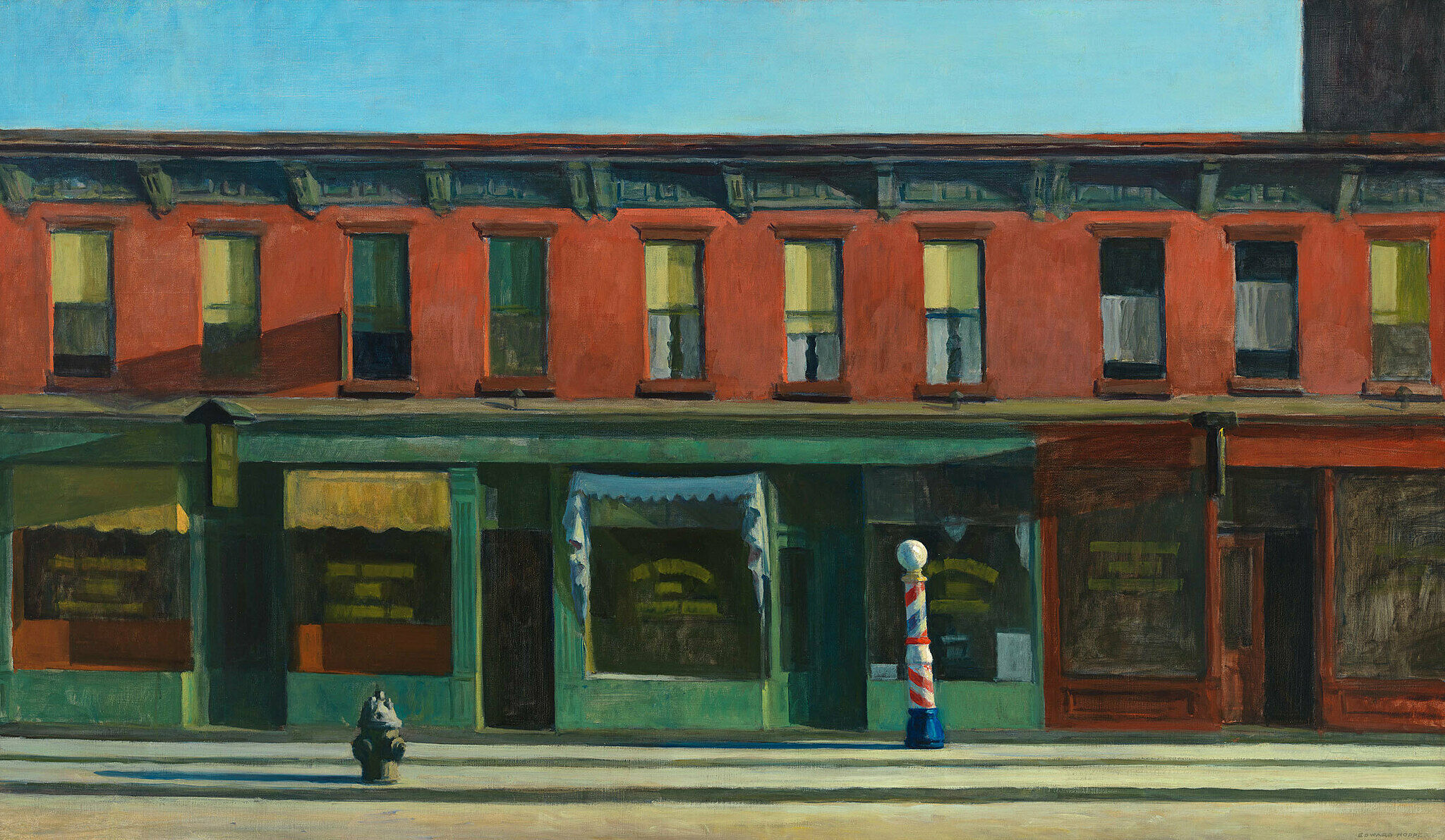
The Whitney’s Collection: Selections from 1900 to 1965
June 28, 2019–May 1, 2025
-
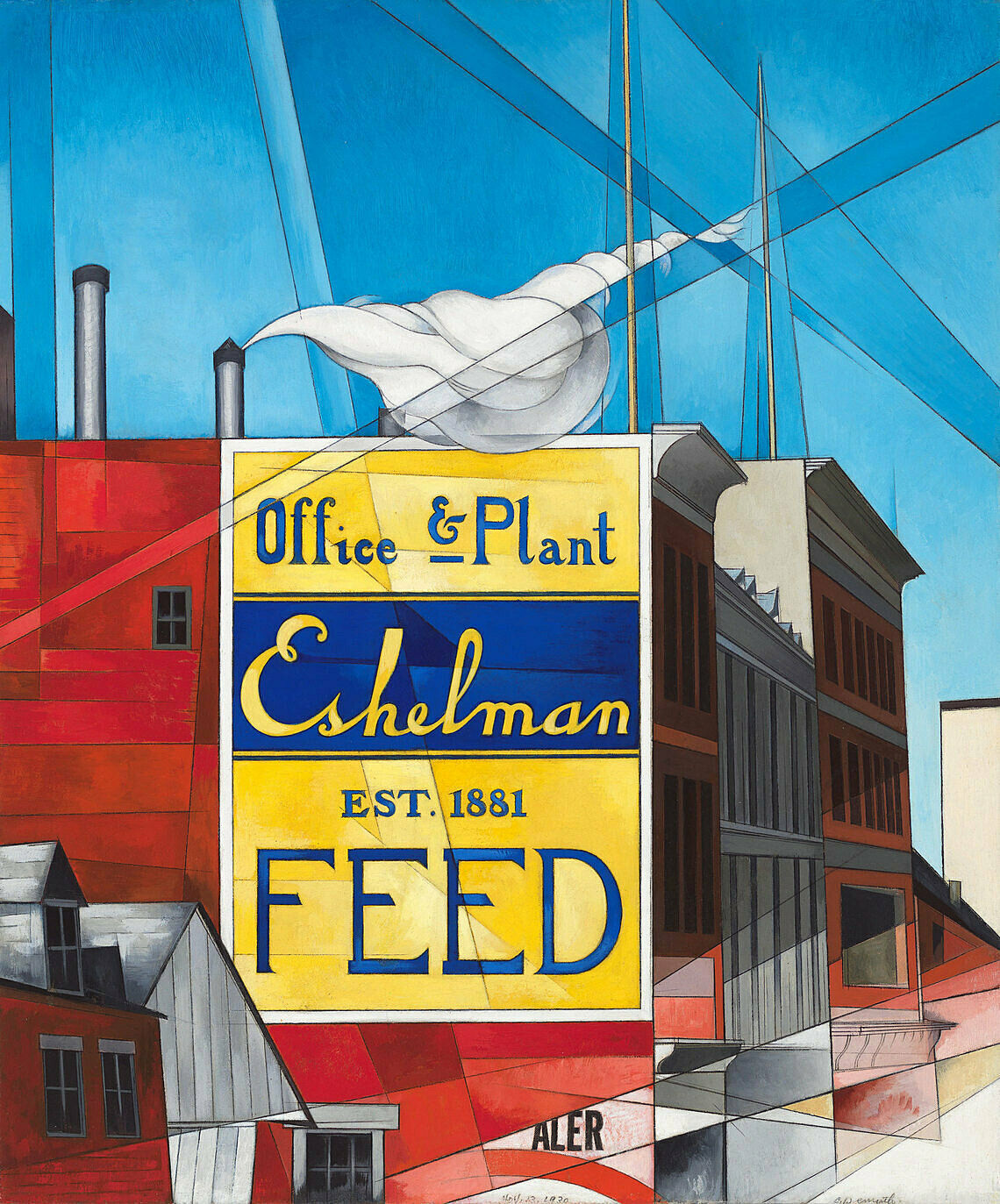
Where We Are: Selections from the Whitney’s Collection, 1900–1960
Apr 28, 2017–June 2, 2019
-

America Is Hard to See
May 1–Sept 27, 2015
-
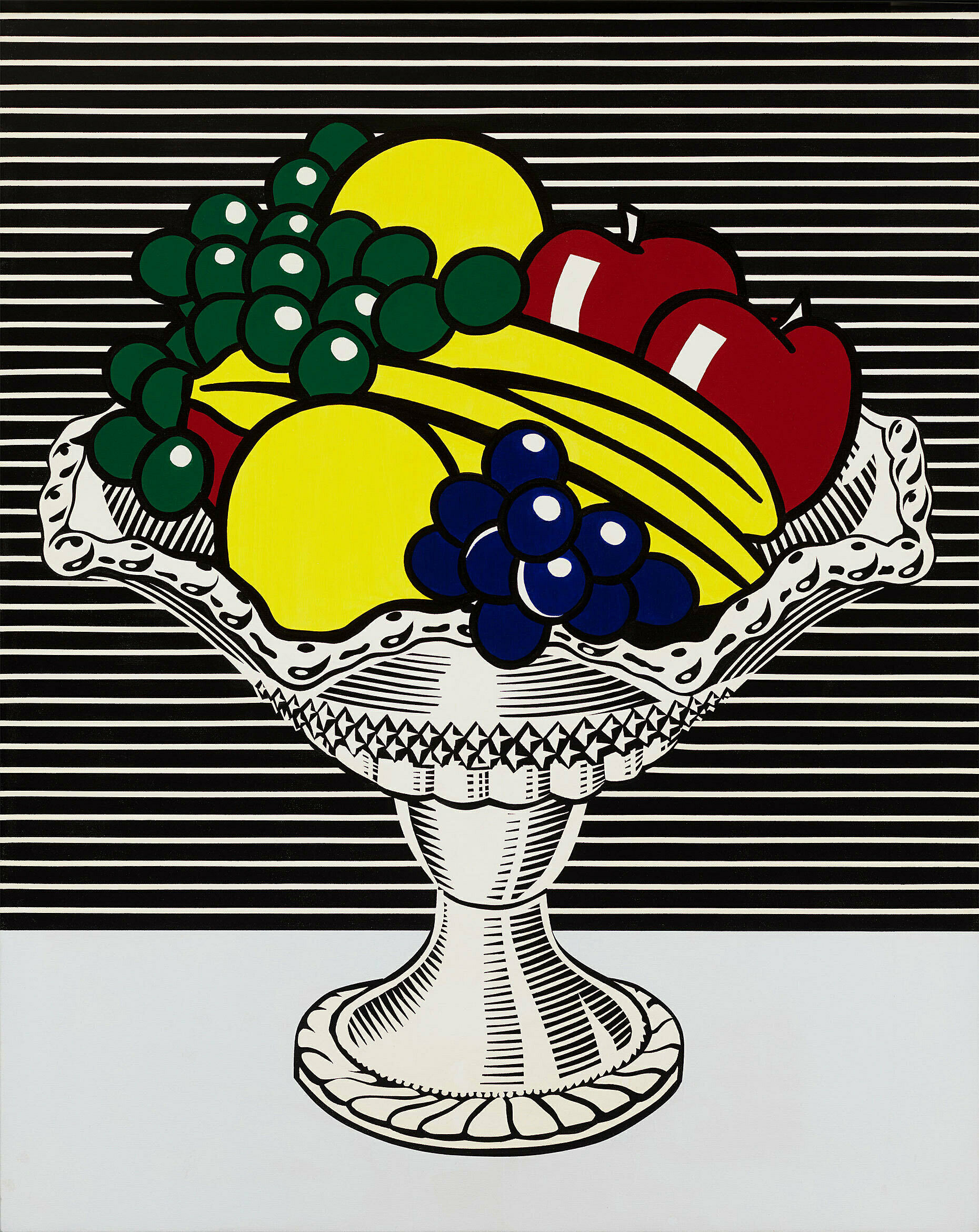
American Legends: From Calder to O’Keeffe
Dec 22, 2012–June 29, 2014
-

Modernisms
Aug 29, 2007–Jan 13, 2008
Installation photography
-
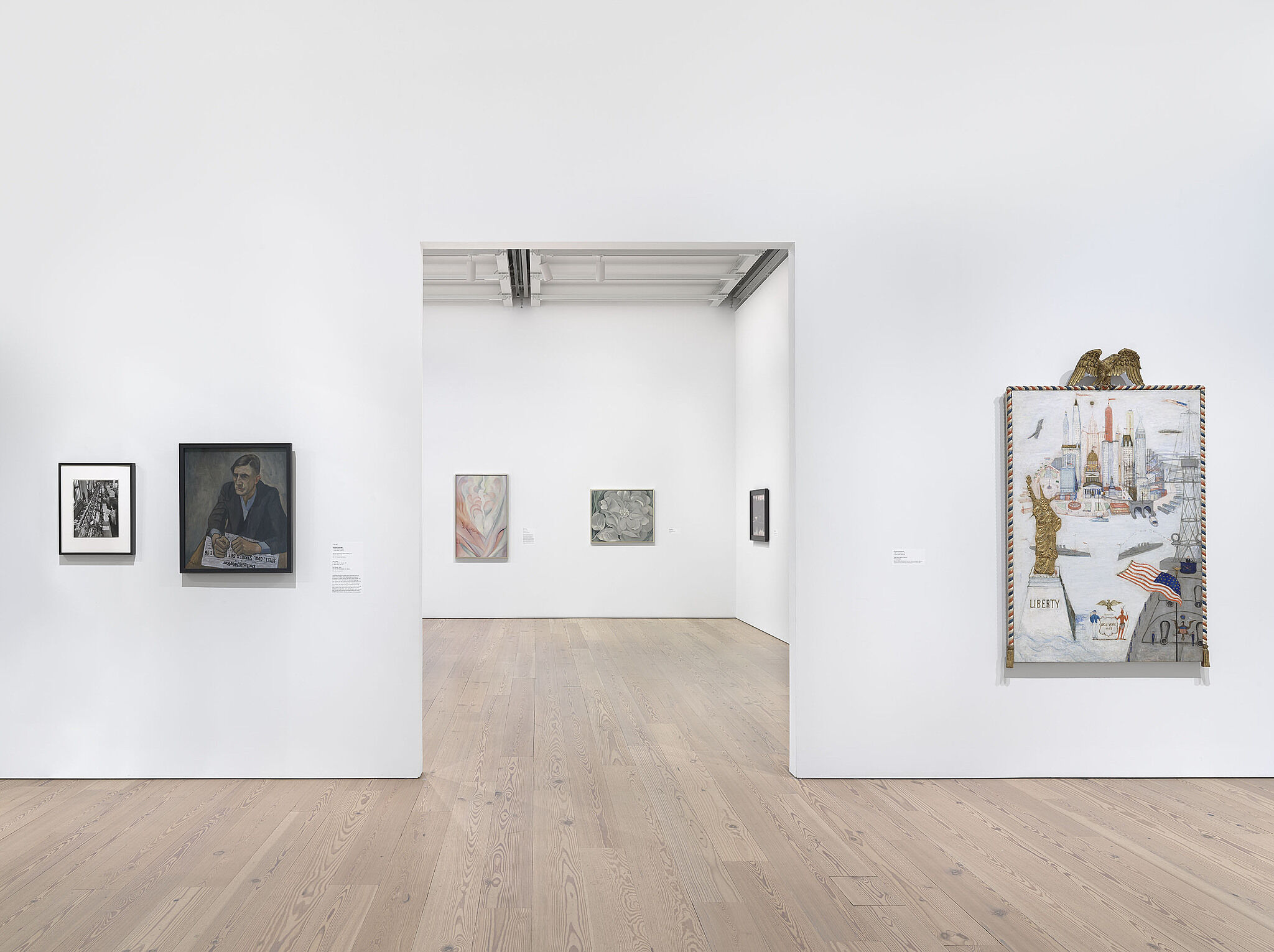

Installation view of The Whitney’s Collection: Selections from 1900 to 1965 (Whitney Museum of American Art, New York, June 28, 2019- ). From left to right: Andreas Feininger, Gathering Machine, Book Binding, n.d.; Alice Neel, Pat Whalen, 1935; Georgia O’Keeffe, Flower Abstraction, 1924; Georgia O’Keeffe, The White Calico Flower, 1931; Marsden Hartley, Robin Hood Cove, Georgetown, Maine, 1938; Florine Stettheimer, New York/Liberty, 1918-19. Photograph by Ron Amstutz
From the exhibition The Whitney’s Collection: Selections from 1900 to 1965

